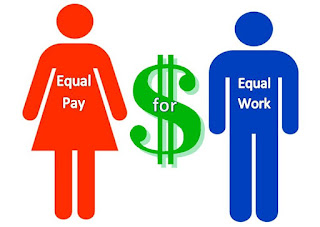Gender Wage Gap By State - Census Bureau

If you need a reason to start a business, the gender wage gap may be a factor. The Census has created a new visualization of the disparity between male and female wages. I checked out the map and had a peek at New York State which has a nearly $9000 pay gap. This article acknowledges contributing factors to the discrepancy including age, hours worked, children, and level of education as well as the types of jobs held.


